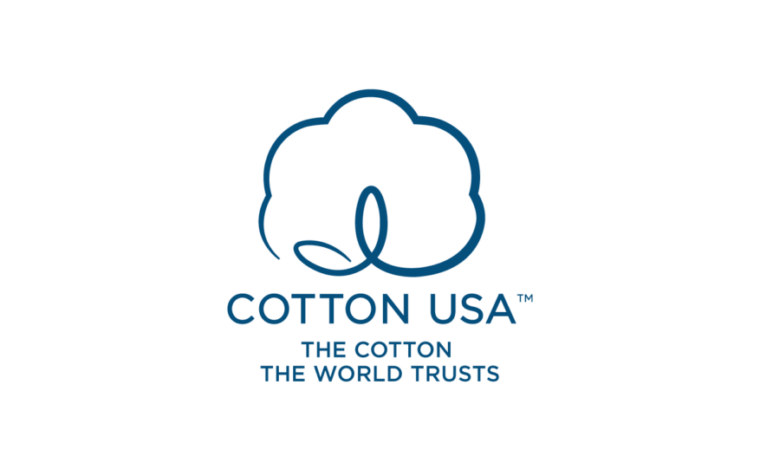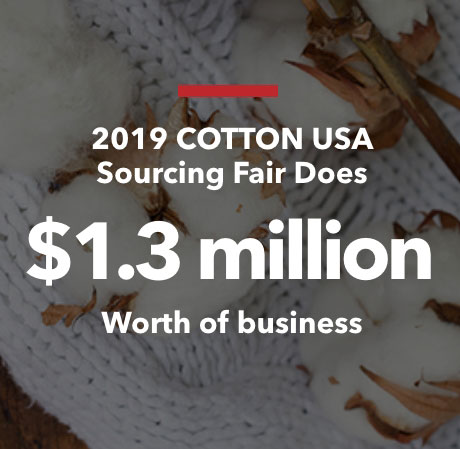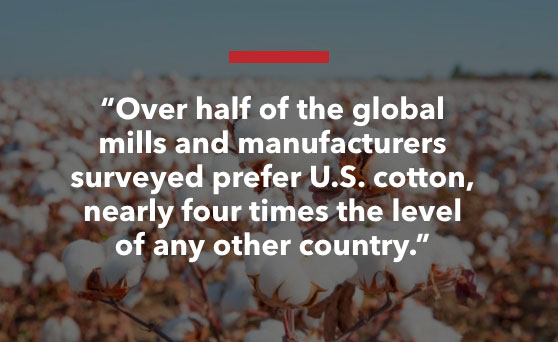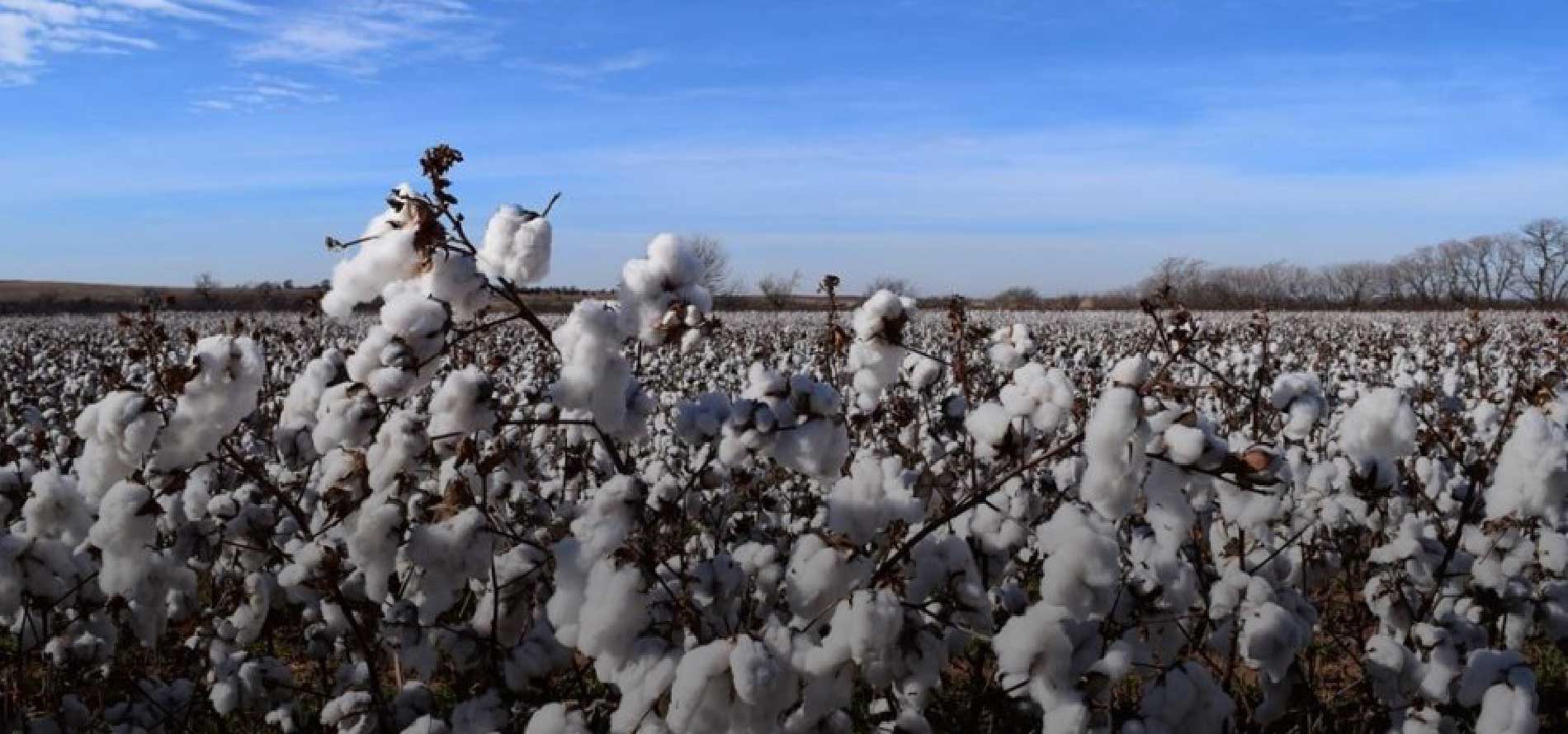
The Cotton USA Orientation Tour, funded by USDA’s Foreign Market Development Program and Cotton Council International (CCI), brings international spinning mill executives to the Cotton Belt in the Southern United States, where they visit farms to see firsthand how cotton is produced, processed, and marketed. The tour has led many foreign textile manufacturers to develop an appreciation for U.S. cotton fiber quality and furthered the U.S. cotton industry’s reputation as a reliable supplier.
Designed to promote exports by educating on the advantages of U.S. cotton, the Orientation Tour actively increases buyer awareness of the industry’s high quality product offerings, from jeans to sheets to the finest white shirts. By gaining a better understanding of U.S. research and marketing practices, international customers enhance their relationships with local exporters, making U.S. cotton their preferred fiber choice in the future.

More than 800 textile executives from more than 60 countries have toured the U.S. Cotton Belt by way of CCI’s Orientation Tour, first initiated in 1968. The tour continues to be an excellent vehicle for helping U.S. cotton capture additional market share overseas.
This is not the only big event for the U.S. Cotton industry, which features two Sourcing Fairs in China and Mexico. The COTTON USA Sourcing Fair Western Hemisphere has risen to prominence, as Latin America represents the largest market for U.S. cotton yarns and fabrics. Six markets in Latin America consistently rank in the top 20 markets for U.S. cotton fiber: Mexico, Peru, Guatemala, El Salvador, Colombia and Ecuador. Costa Rica and Honduras rank just outside the top 20.
Even with 18 of the 24 retailers in attendance joining the 2019 COTTON USA Sourcing Fair for the first time, business meetings led to an estimated $1.3 million worth of business with U.S. cotton yarn and fabric mills. Likewise, more than 50 apparel manufacturers from the Western Hemisphere estimated purchasing $335,000 worth of products from the U.S. fabric and yarn manufacturers within the next year.
COTTON USA also visits importing countries directly, hosting “Cotton Days” in Bangladesh, China, Indonesia, Japan, Korea, Taiwan, Thailand, and Vietnam. These single-day promotional events bring together COTTON USA licensees and potential business partners while positioning U.S. cotton as the global fiber of choice.
These promotional and networking activities, both domestic and international, would not be possible without the financial support of FAS, and demonstrate the breadth of opportunity available through public-private partnership.

Fast Facts
In May and June of 2019, Cotton Council International conducted a survey of 243 mill and manufacturer representatives across 17 countries, including the six largest purchasing regions in the world. Over half of the global mills and manufacturers surveyed prefer U.S. cotton, nearly four times the level of any other country.
Sustainability Spotlight
Since 1980, the U.S. cotton industry has demonstrated continuous improvement against a number of measures, including reductions in soil erosion, irrigation water applied, labor hours, energy use and greenhouse gas (GHG) emissions.
Regarding GHG emissions, the cotton industry is working with scientists to decrease the amount of nitrogen required to produce each pound of cotton in a 10-year goal to decrease greenhouse gas emissions by 39%. Refined management systems are calling for precise amounts of nitrogen to eliminate waste and over-application, which is lost to the atmosphere as nitrous oxide. With increased use of site-specific management and new technologies such as on-the-go sensors, the industry plans to see increases in nitrogen use efficiency and corresponding decreases in greenhouse gas emissions.

